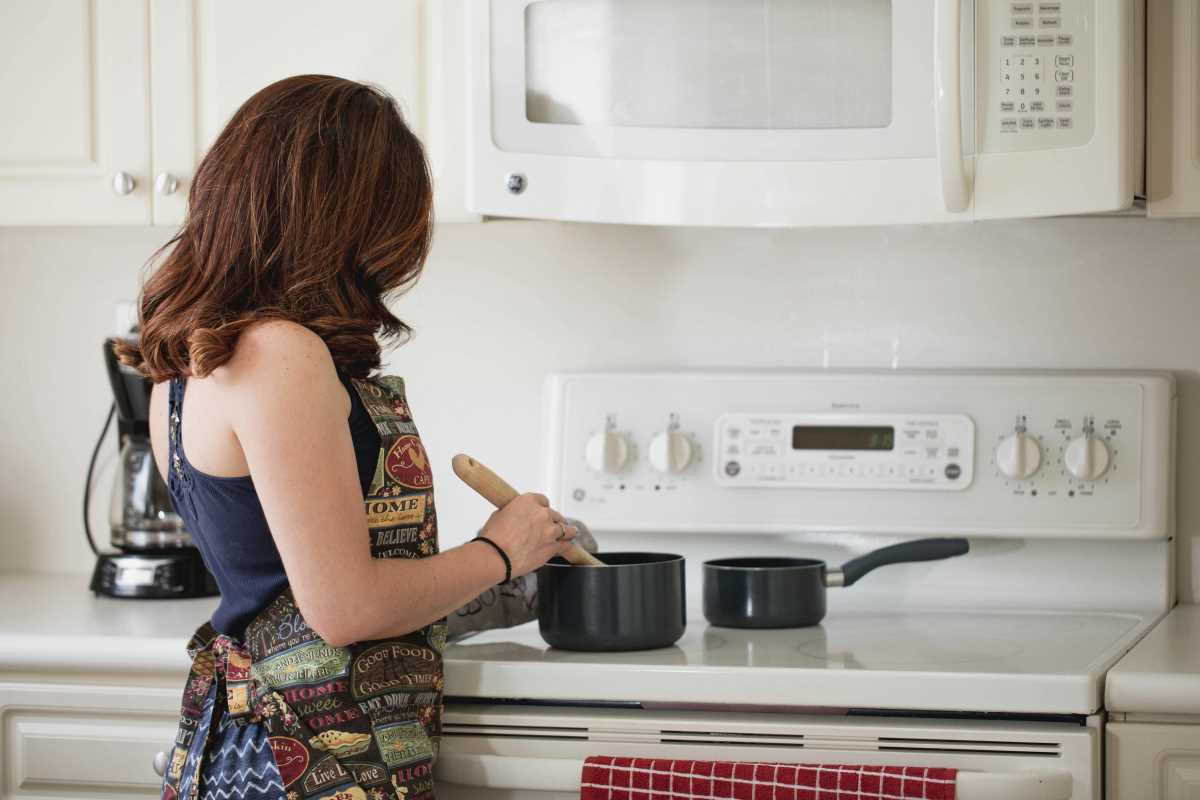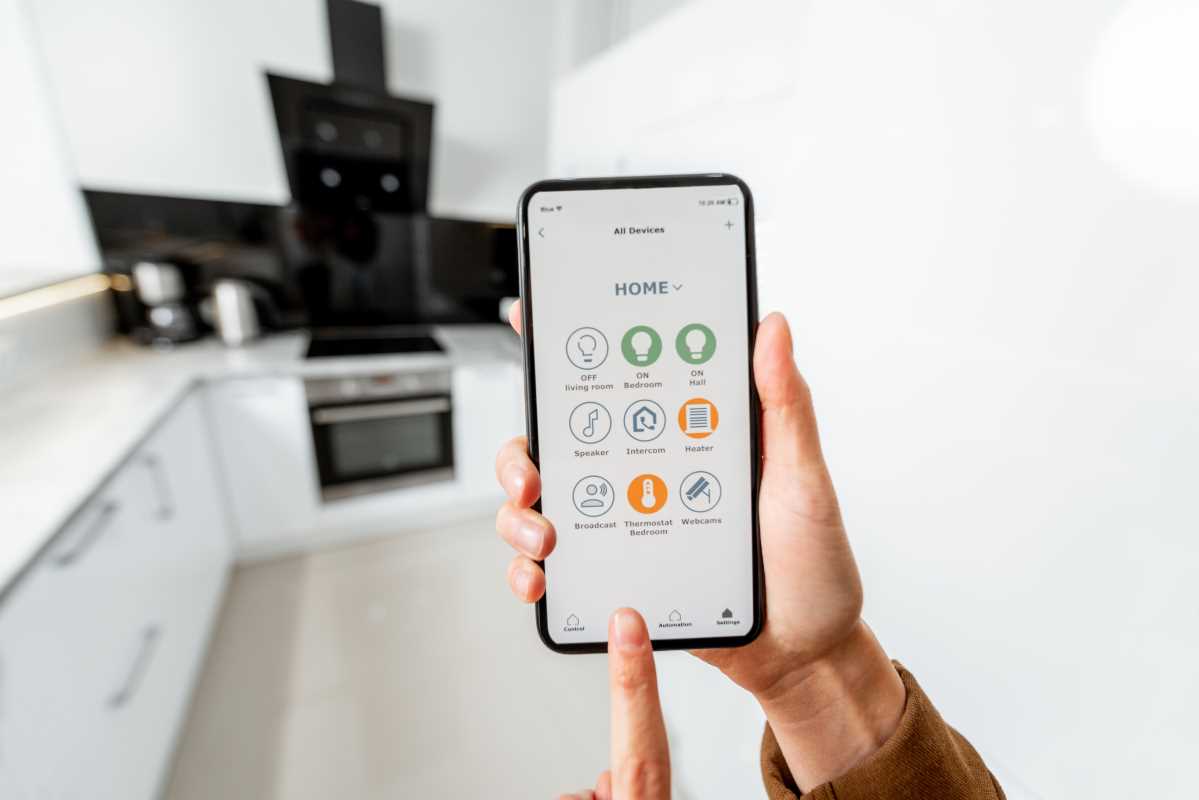Designing a tiny house kitchen calls for smart use of every bit of space while still making it inviting and stylish. Choosing simple designs and eco-conscious materials helps your kitchen remain both practical and attractive. Small changes, like energy-saving appliances and clever storage ideas, reduce waste and make daily tasks easier. Thoughtful organization of utensils and cookware ensures everything has its place, and sustainable choices add character without sacrificing comfort. Even with limited square footage, you can enjoy a kitchen that feels open, efficient, and tailored to your needs, proving that less space does not mean less enjoyment or functionality.
This guide offers hands-on tips to turn your small kitchen into a green haven. You will not read the same generic advice you see everywhere. Instead, you will discover fresh layout ideas, zero-waste tricks, smart appliances, and DIY upgrades that fit a tiny footprint. Let’s start cooking up a greener life in your cozy space.
Creating a Space-Saving Eco-Friendly Kitchen Layout
Every inch of countertop and cabinet matters in a tiny house. You want surfaces that fold away or serve multiple purposes. A drop-leaf counter can double as a prep station and dining nook. Wall-mounted shelving frees up floor space while keeping essentials within arm’s reach.
Think about how you move when cooking: do you reach a lot? Install a lazy Susan in a corner cabinet so you spin rather than stretch. Magnetic knife strips on walls cut the need for bulky blocks. These adjustments speed up prep and reduce clutter.
- Fold-down tables: Use for meal prep or eating, then collapse when not in use.
- Sliding drawers under benches: Store cutting boards and trays beneath seating areas.
- Pegboards: Hang pots, pans, and utensils visibly, so you spot what you need right away.
- Vertical storage: Stack baskets for produce and dry goods to keep counters clear.
Zero-Waste Cooking and Storage Solutions
Plastic bags and one-time containers add up quickly, even in a tiny kitchen. Swap single-use items for durable glass jars and canvas produce bags. Glass containers let you see the contents at a glance, so you use up ingredients before they spoil.
Your goal is to eliminate food waste and packaging. Bulk-buy staples like rice, beans, and oats, refilling jars instead of grabbing pre-packaged options. Keep a small compost bin under the sink and use vegetable scraps for homemade broths or garden fertilizer.
- Glass mason jars: Perfect for dry goods, pickles, or infused oils.
- Silicone food wraps: Stretch over bowls and fruits without plastic.
- Clip-top coffee grinders: Grind beans fresh at home, eliminating bags.
- Reusable beeswax wraps: Mold around cheese or half-cut fruits.
Choosing Energy-Efficient Appliances and Tools
Large appliances can drain power quickly, but a few compact gadgets handle most cooking tasks while sipping electricity. Select models with Energy Star ratings, and look for features like auto-shutoff timers to avoid wasting energy.
Invest in multi-function units. A slow cooker doubles as a rice cooker, and a toaster oven can roast small batches. These gadgets fit on a shelf or fold away, and they often use less power than a full-size range.
- Instant Pot: Functions as a pressure cooker, rice cooker, and steamer to tackle soups, grains, and even yogurt.
- Vitamix: Blends, chops, and purees so quickly you spend less time plugged in.
- KitchenAid Mini Mixer: Handles dough small-batches and fits snugly under a wall cabinet.
- Induction cooktop: Heats only the pan’s base, so less heat escapes and you cook faster.
- Nest thermostat: Monitors room temperature to prevent overcooling or overheating near your kitchen area.
Using Sustainable Materials and DIY Upgrades
Selecting the right materials prevents toxic off-gassing and extends your tiny kitchen’s lifespan. Bamboo cutting boards resist moisture and can handle rough use. For countertops, reclaimed wood or recycled glass tiles give a unique look while keeping old resources in use.
You don’t need a professional to install floating shelves or add peel-and-stick cork flooring accents. A simple coat of low-VOC paint brightens walls and avoids harmful fumes. Swap out cabinet hardware for brass or stainless-steel pulls sourced from secondhand stores.
Incorporating solar power into Your Kitchen
Solar panels on your roof can power more than lights and electronics. You can run small appliances or your under-sink water pump directly from solar energy. Pair a solar water heater with your sink to reduce gas or electricity use.
Think about a battery storage system that captures daytime sunshine. This allows you to bake or blend at off-peak hours without tapping into the grid. You will notice your energy bills shrink and your carbon footprint lighten.
Balancing Style and Practicality
A minimalist kitchen doesn’t have to look empty. Add personal touches with potted herbs on floating shelves and art prints by local makers. Choose textiles in muted palettes to create warmth without visual clutter. Everything you display should serve a purpose or bring you joy.
Open shelving invites you to rotate items seasonally, so you keep only what you need in view. Store rarely used gear in labeled bins high up. This approach keeps countertops open and your focus on the essentials.
Keeping Your Green Kitchen in Good Shape
Routine checks prevent small issues from turning into bigger problems. Clean appliance coils and range hoods to keep them running efficiently. Inspect seal strips on fridges and dishwashers to avoid losing cold air or hot water.
Rotate pantry goods regularly to use older items first and prevent spoilage. Wipe down counters with biodegradable cleaners made from vinegar and citrus oils. Spending a few minutes each week on upkeep keeps your kitchen tidy, healthy, and eco-friendly.
Follow these tips to create an efficient, sustainable kitchen that saves money and reduces waste. Implement them gradually to adapt your space to your lifestyle.
 (Image via
(Image via





